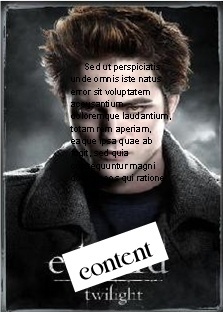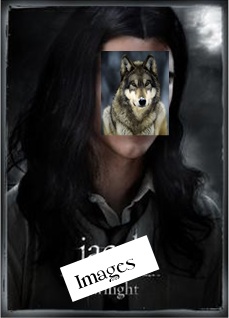As a woman soon to tie the knot, I feel comfortable saying my relationship falls in my favor a majority of the time. If I don’t want to drive, he will. If there are fries at the bottom of the bag, I get to eat them. (This is also partially because I have an addiction.) If he wants to watch Game of Thrones, and I want to watch Mad Men, we’ll watch Mad Men first (though that’s a tougher battle than either of the first). It could be my generation talking, but in my experience, women have taken a more dominant role in their relationships than their mothers or grandmothers ever did and not just with fries at the bottom of the bag.
As an SEO Specialist, this got me thinking about the adage, “Content is King.” I couldn’t agree more that content IS king, but in a progressively more visual internet world, images are giving text a run for their money. Content marketing has become the new industry buzzword, and as more and more infographics and visual posts begin sprouting up everywhere, I have to wonder, are images becoming queen? And, if they are queen, and if I’ve learned anything from my relationship with my fiancé, does that mean images are actually king?
The One to Rule Them All
To establish the true king, I posed a question to myself: If I had to choose one to rule them all, which would it be: images or content? So, I did a little research and came across some pretty interesting eye tracking studies that showed the hot spots for web readers when they first access a webpage. It generally falls into an F-shaped pattern above the fold with more focus on the top left of the page. Some attention is paid to images, but according to the Poynter Institute, only 22% of the user’s eye fixations were on graphics, while a whopping 78% focused on the text. Not to discredit the Poynter Institute, but this study was conducted 13 years ago and only tested user response to newspaper websites whose main audience is both used to and actively seeks out long, textual-based articles to read online. The study also doesn’t take into consideration the effects viewing a page on a mobile device or tablet might have on eye fixations, but that’s a whole other blog post.
In light of these biases, I asked myself what my thought process was when I look at a web page, and the answers were simple:
- Title – Is it catchy, interesting, or funny?
- Text – Is it a big, daunting block of text?
- Image – Is the image original and provocative i.e. not a stock photo?
- Text again – Is the text interesting, easy to read, and laid out well with bullet points and headers?
- Image again – Are the images relevant to the content, and do they add to the story?
After this self-evaluation, I seemed no closer to discovering which was king since it appeared I relied on both so heavily. I decided to delve deeper into the major benefits of both.
 Team Content
Team Content
No one can deny the power of quality content. Users love it. Search engines love it. Creating pieces of content that are both interesting, easy to read, and beneficial to the reader are easily shared and easily optimized for better organic search results.
Those on Team Content rave quality content can:
- Establish credibility and authority
- Gain higher search rankings in a post panda/penguin world
- Encourage social signals
- Serve as link bait!
As someone who is constantly on the prowl for new and improved ways to attract links, man can I ever appreciate the wonderful power quality content can have. It does a majority of the work for you, and that’s something we SEOers shouldn’t ignore.
 Team Images
Team Images
While text is great for SEO, it’s all about the images. Who cares what the page says if your audience doesn’t stick around to read it? That’s where pictures come in. Adding provocative images to your content breaks up the wording on the page and lends itself to a more attractive page layout. And, it’s not only about web pages and blog posts either. Infographics take images to another level by enhancing mundane data with visually appealing graphics to make a whole new image-centric product.
Those on Team Images think text is daunting, and pictures help:
- Create easily digestible information
- Increase shareability via social profiles, especially Pinterest and StumbleUpon
- Cater to our lazier web readers (I’m talking to you, Generation Y.)
I admit, when I’m on Reddit, I skip over the long articles, the long comments, and the videos, because ain’t nobody got time for that. Short and sweet is the way to go, but then again, who wants purely visual content with no depth?
The Verdict
Like my relationship, it seems one is no better than the other. They both have their strengths and neither truly outweighs the other. Therefore, I’ve formed an official opinion that content needs images like Oreos need milk. They’re good when they’re apart, but they are so, SO much better when they’re together, just as a king needs a queen and ying needs a yang.
I encourage everyone to use both content and images when and where they can: in your internal web pages, in your blog posts, in your next content marketing campaign. Whatever you do, make them relevant. Make them interesting. Make them high-quality.
In your experience, which have you found to be more beneficial? Text or images?


